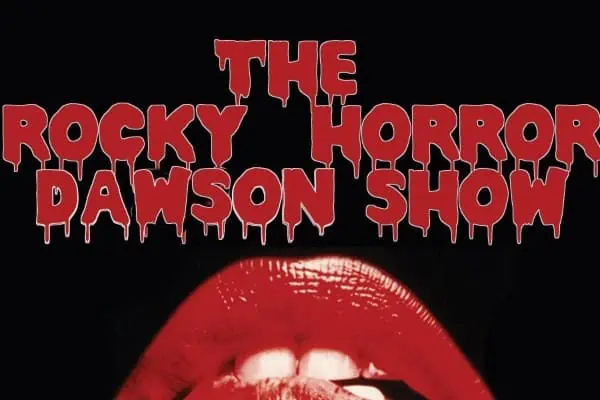On June 20, 1819 the composer who was destined to pen the cancan theme song was born. His name was Jacques Offenbach. Born in Cologne, Germany, he grew to be a virtuoso cellist. At 14 he was accepted into the Paris Conservatoire and travelled there to begin his studies.
The year was 1833 and a new dance craze called the cancan had begun to infiltrate Paris. Still in its infancy, the dance was purely amateur. Jacques and his fellow students were no strangers to the establishments where the cancan was being exhibited with great enthusiasm.
Jacques found his studies at the Conservatoire unfulfilling. From 1835 to 1855 he toured as a professional cellist, and achieved international fame as a musician and conductor. Jacques returned to Paris in 1855 and leased a small theatre, where he began to follow his passion for musical comedy. He produced several small-scale works that became very popular. Since his days as a student, the cancan had evolved and was being danced by professional cancaneuses who were big stars in Paris. This caught Offenbach’s attention, and when he featured the cancan in his first full-length operetta the dance was presented to upper crust society in a grandiose, elaborate and thrilling way.
The operetta was called Orpheus in the Underworld. In it, Offenbach captured the cancan’s wild fancy-free spirit and presented it in a dazzling theatrical extravaganza. Offenbach is one of those composers with an endless supply of catchy and exciting tunes. In Orpheus, the big final number is called the “Infernal Gallop.” This song has become so associated with the dance that the song is known simply as The Cancan by audiences around the world. That has stuck for over 150 years.
Once the cancan hit the big stage, it took on a new professional persona. Instead of being performed with a roomful of dancers, it became a performance spectacle for audiences. Orpheus began to appear around the world and in 1861 it opened (in German) at the Stadt Theatre in New York.
Various adaptations of the cancan began to appear in ballets, opera, operettas, the British Music Hall, burlesque and variety revues (America’s counterpart to British Music Hall), in saloon theatres, concert cafés and other smaller venues around the world.
In 1866, the popularity of the cancan got the attention of Jarrett & Palmer, two widely known New York theatre producers and speculators. In The Naked Truth: An Inside History of the Black Crook, Joseph Whitton tells how the two producers were “in search of some gigantic attraction with which to dazzle and monopolize the attention of American theatre-goers and draw enough dollars from their pockets to comfortably line their own.”
Whitton continues: “After ripe deliberation they decided that a Grand Ballet would be the proper thing. Jarrett’ s reasons for this were cogent, and his argument — as coming events were to prove — thoroughly sound. Legs are staple articles, and will never go out of fashion while the world lasts. They top the list of the ‘Beauties of Nature,’ and we will gather an array of them that will make even the surfeited New Yorker open his eyes and his pocket and hold his breath in astonishment.”
In Part IV of the Cancan story, the Franco-Prussian War ends the first era of the cancan in Paris. Meanwhile in North America it spreads like wildfire.
If you would to read more about Jacques Offenbach, I suggest Siegfried Kracauer’s Jacques Offenbach and the Paris of His Time.
This is the third article in a multi-part series, tracking the cancan dance from its origin to its present iteration in Whitehorse and Dawson. Grant Simpson is the producer, director, composer and performer in the Frantic Follies Vaudeville Revue. This series is a result of historical research conducted by Grant through the years. Part four of the series will be published next month.
Shauna Jones is a performer, visual artist and set designer.




